Krishnaraja Wadiyar
Hindu King Krishnaraja Wadiyar was the pioneer of India’s development. He pushed India towards modern development. The prosperity of Bangalore’s software sector and lives of millions today is indebted to his vision.
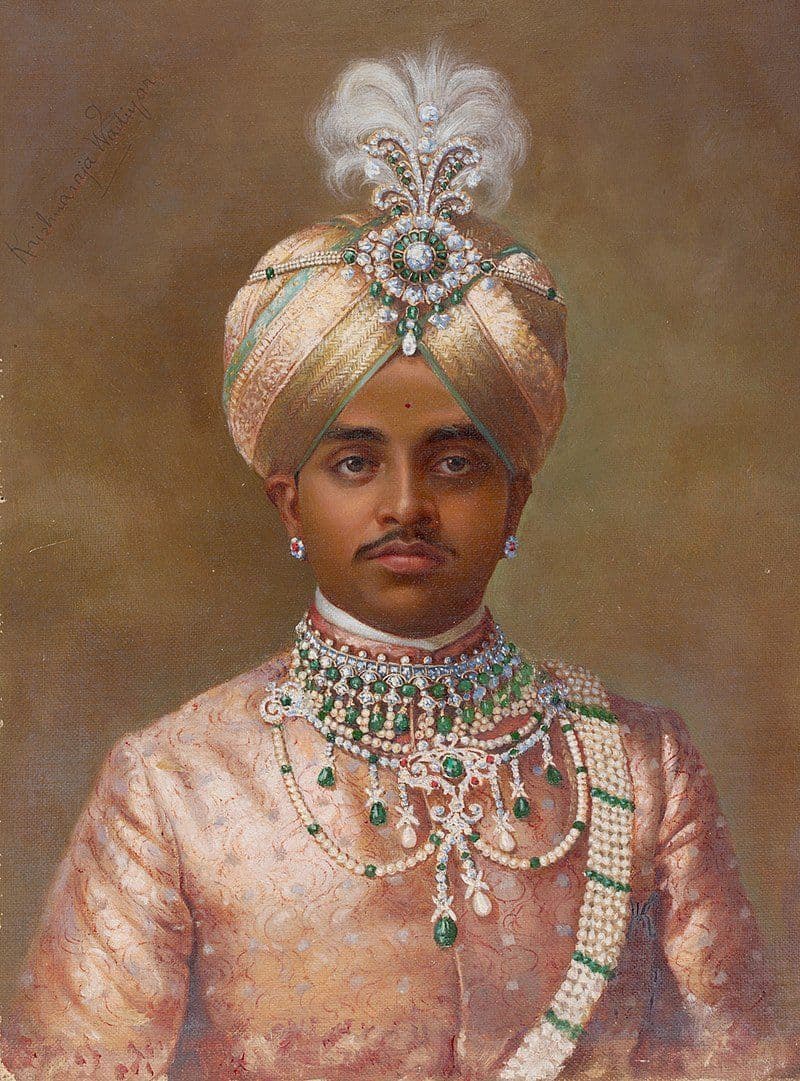
He was the Maharaja of Mysore(1902-1940). Devoted to his dharma and his subjects, he was an extremely pious Hindu king. A “Rajarshi”. Nehruvians credited Nehru for establishing premier institutions and pioneering India’s development. But this credit belongs solely to him.
When Maharaja ascended the throne, Bangalore was relatively a very modest settlement. Here is some data from 1901:
- Bangalore’s population was 162K
- Hyderabad’s population was 448K
- Mumbai’s population was 813K
Bangalore was smaller than Amritsar, Allahabad, Varanasi & Agra!
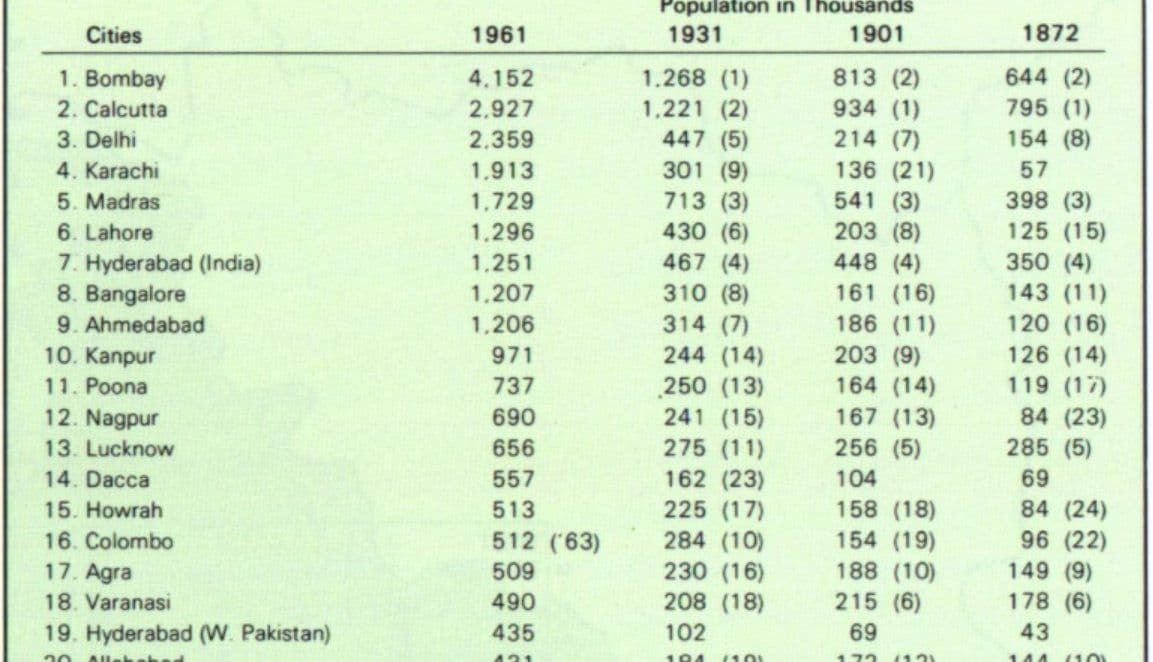
Maharaja pledged his life for the welfare of people, investing all his resources to this end. The results were stunning. In 1905, Bangalore became first city in entire Asia to get electric street lights. It stands to this day in KR Market, Bengaluru.
1900: The Maharaja founded the Hydroelectric project at Shivanasamudra Falls across the kaveri river. This was the first hydro-electric station in the entire Asia. This project owed its existence to the vision of the Maharaja and brilliance of the civil engineer M. Visvesvaraya. The success of Sivanasamudram project was a turning point in the history of Karnataka. The project gave surplus electricity which was redirected to the Kolar gold mines. In 1905, Bangalore became the first city in the entire India to be electrified. The Maharaja built the electrical transmission line from Kaveri river to Kolar gold fields. At 93 miles, this was the longest voltage transmission line in entire Asia. It was operating at 35,000 volts. This immensely helped in extraction of Gold which was used for welfare. By 1902, Kolar Gold Mines produced more than 95% of India’s gold. 1,70,000 kg of gold was extracted within 10 years. In the words of Maharaja himself: “It was only in 1882 that electric light was first used on a commercial scale in London. It was considered a safe option only in 1892. By 1894, we began our work. Now, we issue electricity to 150 towns and villages. We are not behind anyone”.
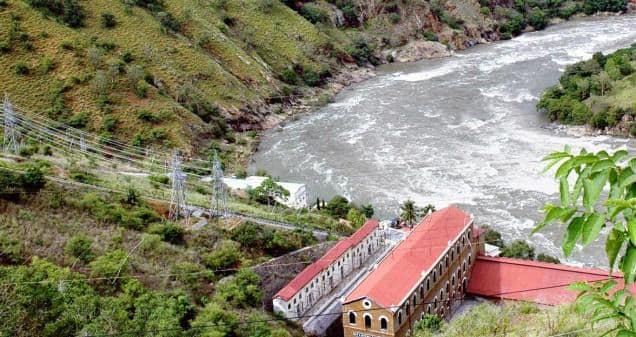
1901: Victoria Hospital Bangalore was established by the Maharaja. It was the first hospital in entire India to provide 24/7 emergency services.
1903-1913: Minto eye hospital was built in Banglore. It was one of the first specialty eye hospitals of the world. This magnificent building was constructed by the Maharaja. The hospital had beds to accommodate 300 eye patients. This news shocked the Nizam of Hyderabad.
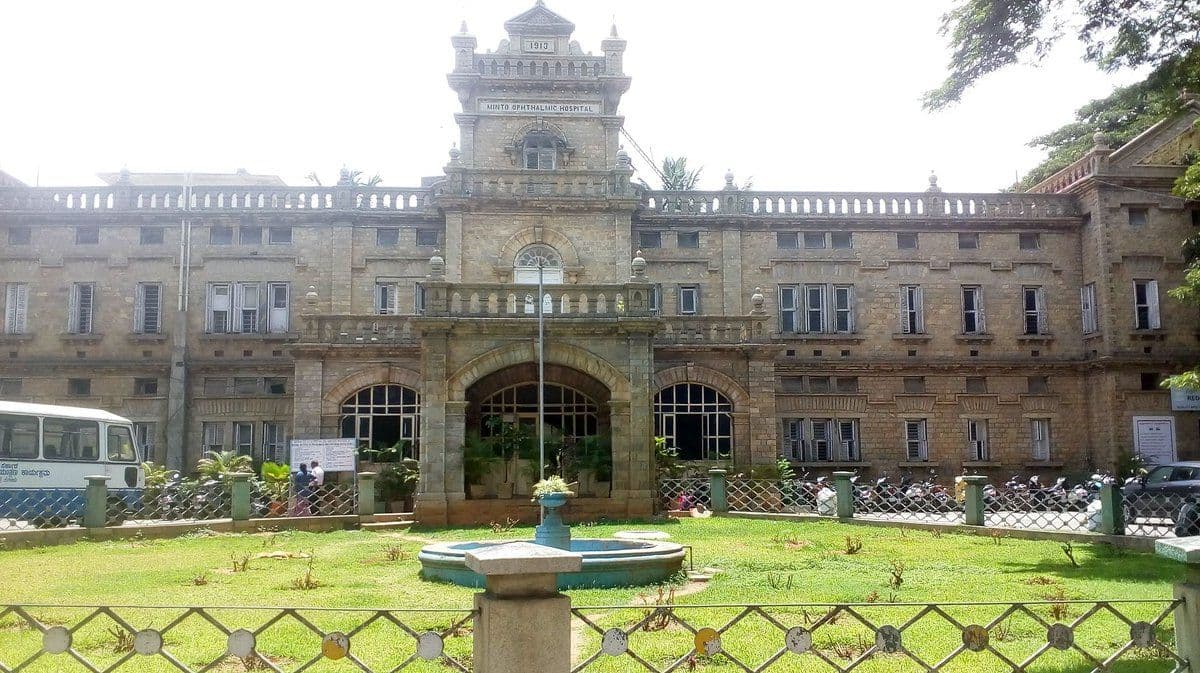
1909: India’s premier education institute, IISC founded in Bangalore. The Maharaja donated 371 acres of land and 550,000 Rupees for the capital of IISC. He funded & appointed teachers. He used to personally inspect the campus. This was 44 years before the foundation of IITs.
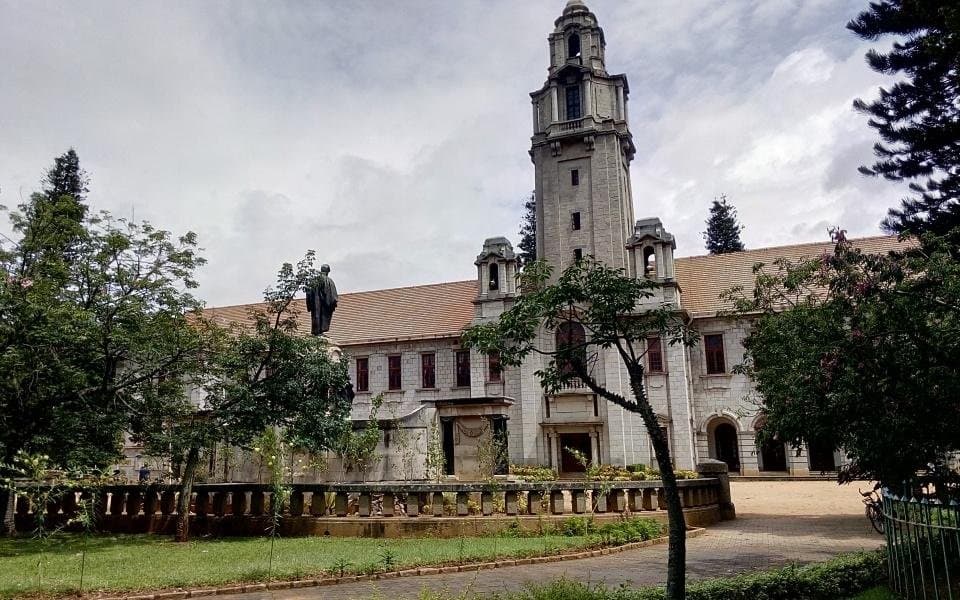
Hindustan Aeronautics Ltd(HAL): HAL is one of the oldest & largest Aircraft & defense manufacturers in the world. It was Maharaja’s vision. Seeking engineers and industrlialists, he sponsored the project. HAL was built in Bangalore in his reign and completed 3 months after his death.
1912: Maharaja founded the Mysore Silk Industries Corporation Limited. It was the first spun-silk mill of India. The output of raw silk of this mill became the highest in India.

1916: The Maharaja established Mysore university. The Maharaja himself was its first chancellor. It was the FIRST university outside British administered provinces. Maharaja used his personal wealth to purchase books from Europe and US to make them accessible to students.
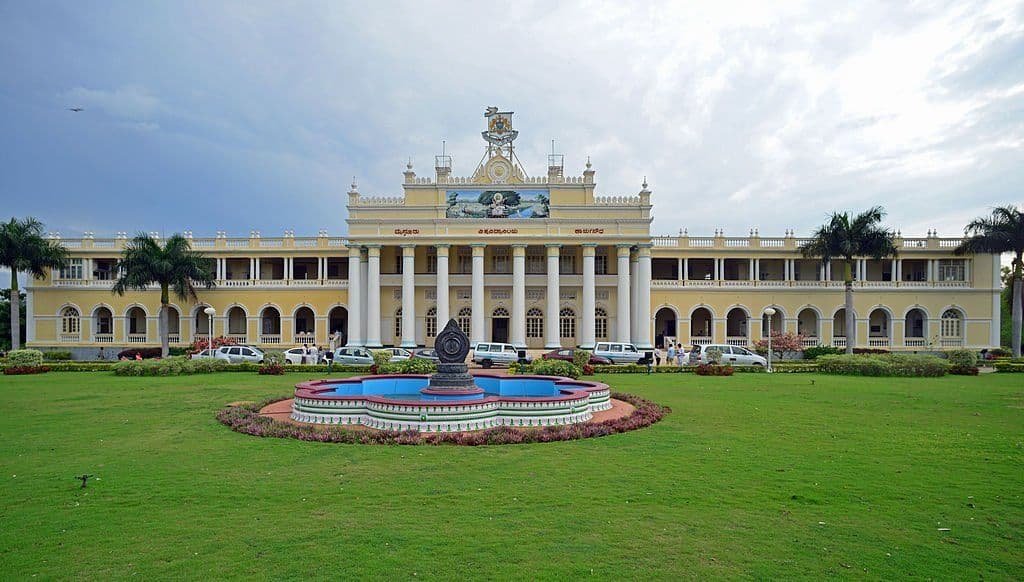
1920: Bangalore became the first city of India to offer radio communication with trunk dialing. This was truly a wonder as even many major cities of Europe lacked this facility. The Maharaja made this happen by relentlessly travelling in search of engineers and investing wealth.
The Maharaja was a pioneer of Hindu revivalism. He envisioned the need for a Hindu organization that could protect the interests of Hindus and strived relentlessly towards this end. Implementing this vision, his successor became founder-president of Vishva Hindu Parishad(VHP).
Maharaja was extremely concerned about welfare of Indian students. He played a major role in establishment of Banaras Hindu University in 1916. He was the first chancellor of Banaras Hindu University. A devout Hindu, Maharaja visited Varanasi as many as 16 times in his life.
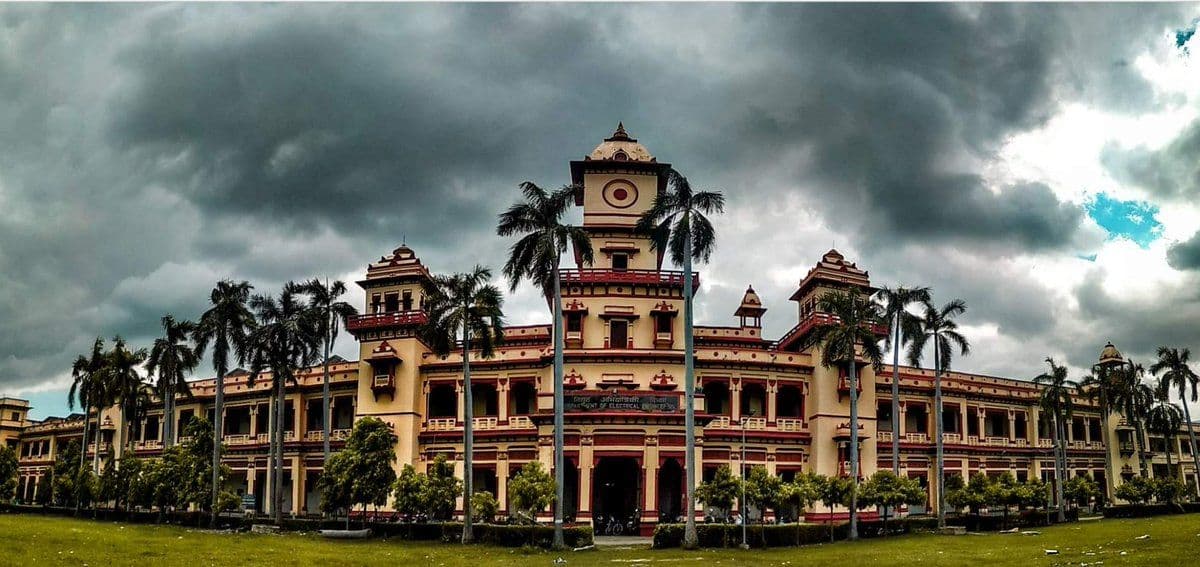
As a devout Hindu, the Maharaja built a Dharmashala and resting place for the convenience of Hindu pilgrims. Today, this is known as Karnataka Ghat. The Maharaja also composed a Sanskrit shloka on Kashi vishvanath, This shloka is still displayed on his portrait at the temple.
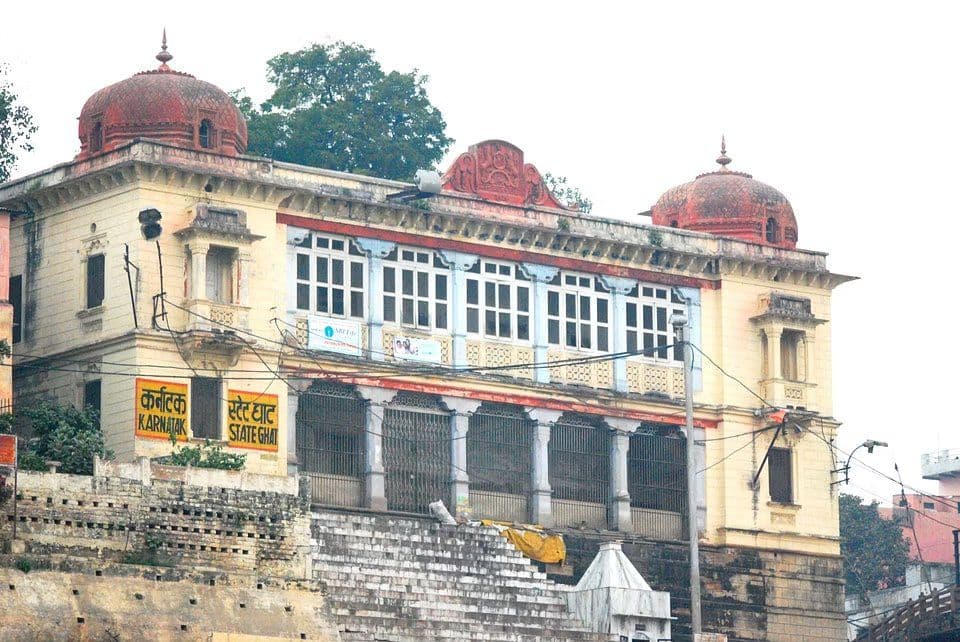
Under the guidance of his Diwan Visvesvaraya, Maharaja established the Iron and Steel Plant at Bhadravati. It was the first alloy steel plant in India. It was then the second largest in entire commonwealth. And it contained the only charcoal blast furnace in the entire East.
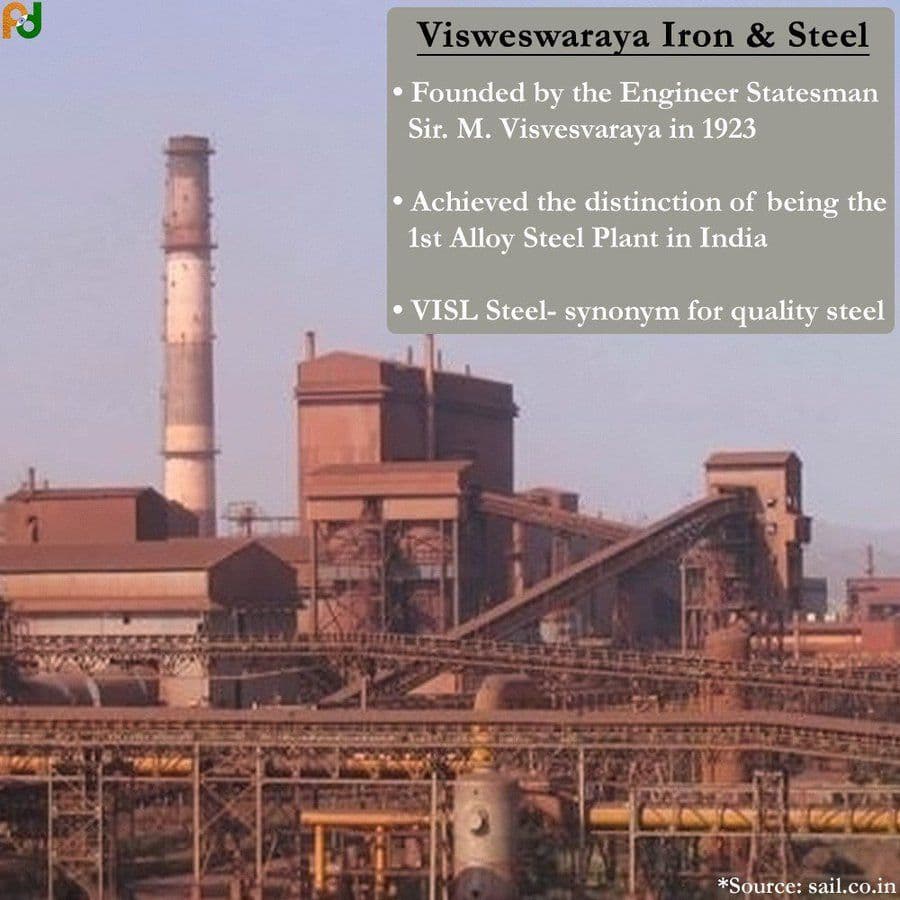
Source: